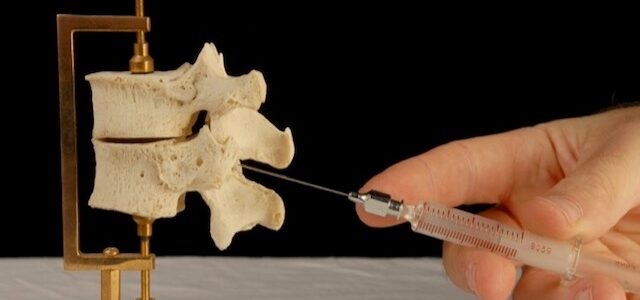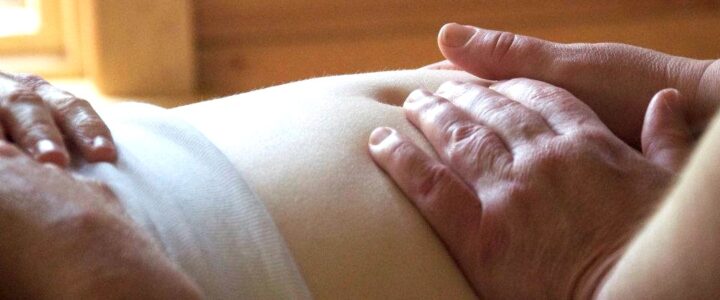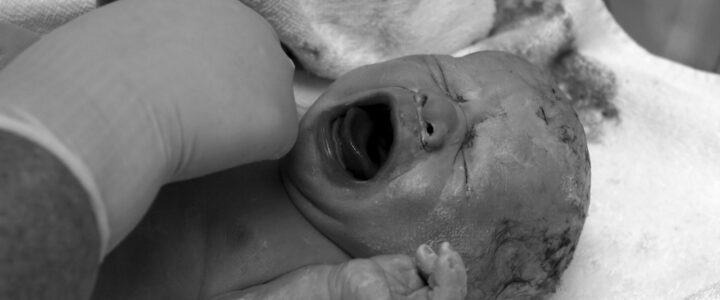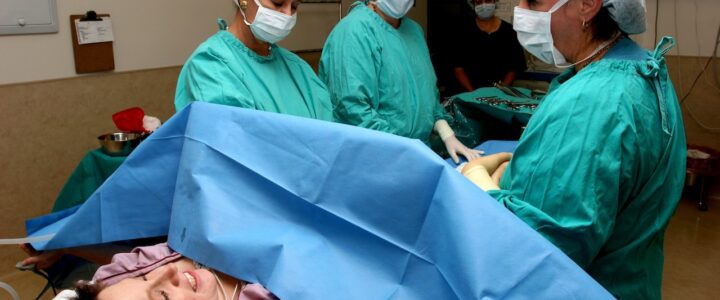The word “emergency” used to ONLY apply to childbirth. The baby emerges, get it?
Two (Three) Kinds of Cesareans
Lately, I have been hearing an emergent theme in the stories people have been sharing with me about their cesarean births. They divide them into two categories – planned and emergency.Often a parent will say to me that their cesarean birth was not planned. It was an emergency. Yet, when I hear the details of the story it almost always falls into the third and largest category – the unplanned cesarean. It is really a story about a failed induction, a less-then-ideally positioned baby who fails to descend (and emerge), a baby who wasn’t coping well with labor contractions, but didn’t need to come out RIGHT NOW, etc. Read more













